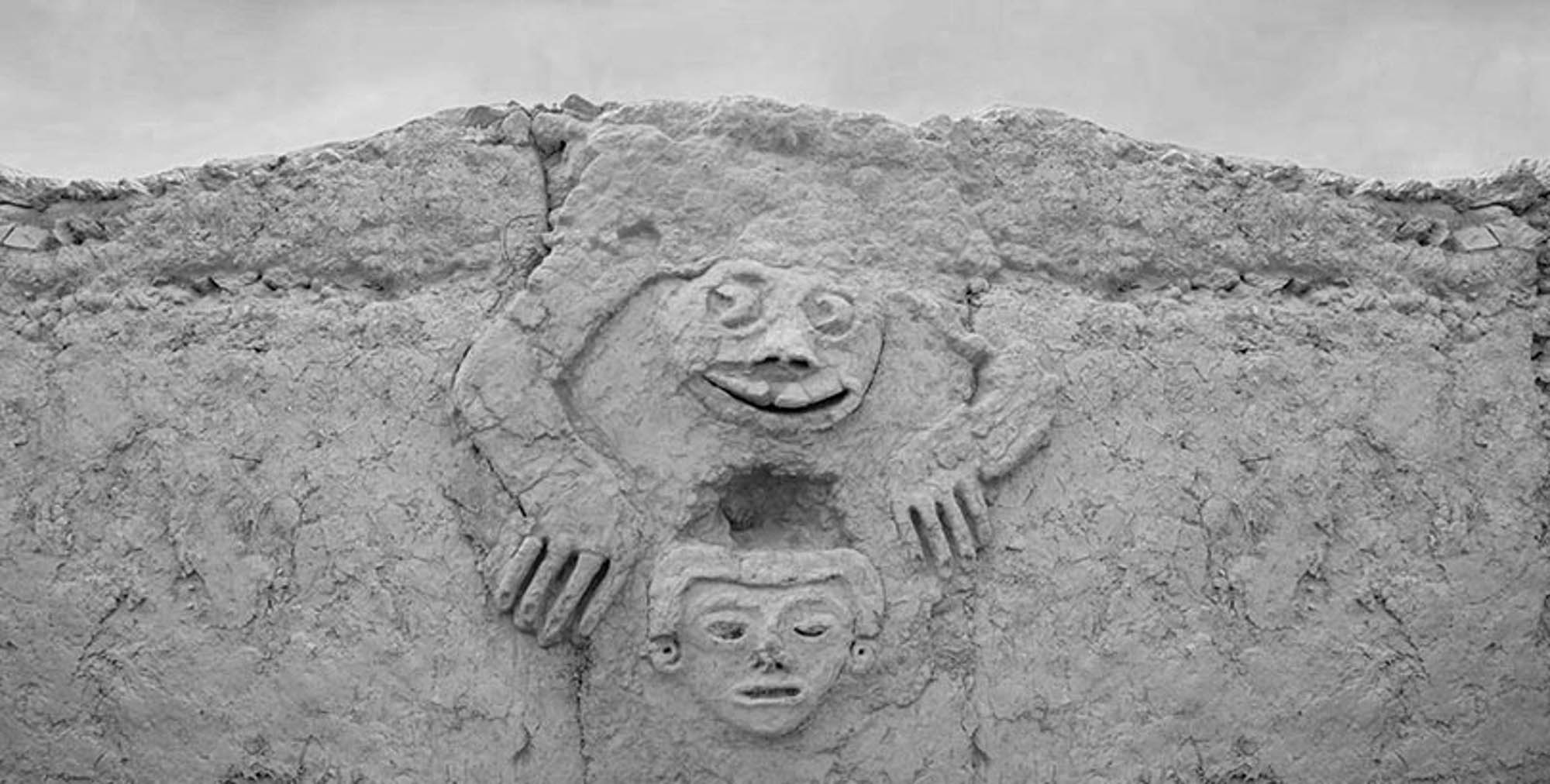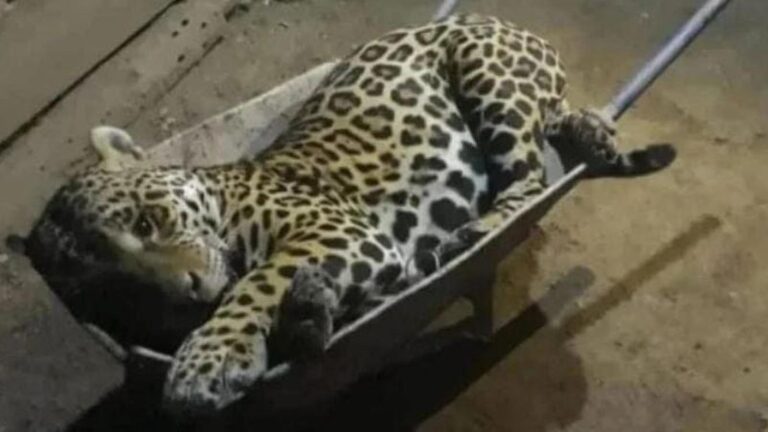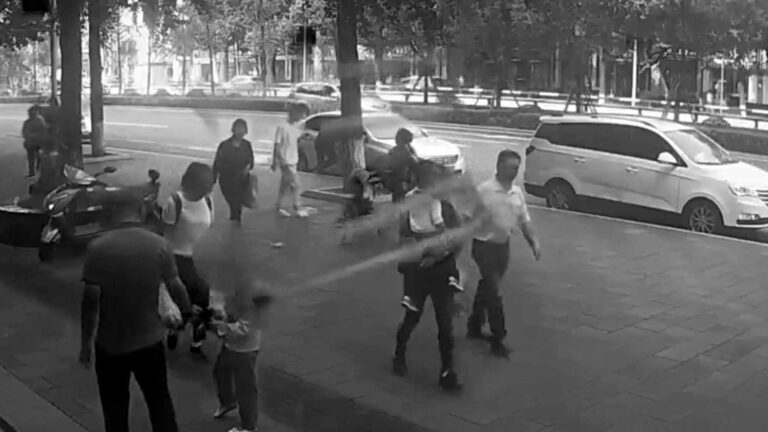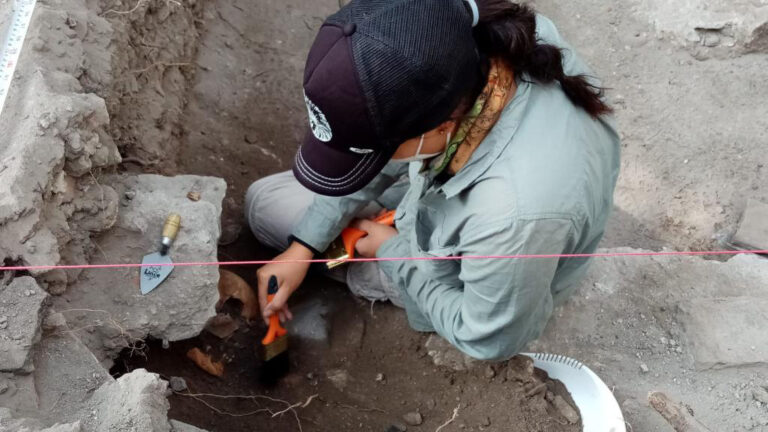These images show a 3,800-year-old mural featuring a human head on the body of a toad has been discovered by archaeologists in Peru.
The discovery took place at the Vichama archaeological site in the province of Huaura in the western Peruvian department of Lima and the mural is believed to represent the return of rain after a period of drought.
It was carved by the Carals, one of the oldest known civilisations in the Americas.
Video Credit: CEN/CaralPeruOficial
The Caral civilisation flourished in the region between the fourth and second millennia BC.
The mural shows a toad with human features above an anthropomorphic head and it was discovered at the entrance to the building’s ceremonial hall.
According to experts, the toad element is believed to represent water with the human head ‘waiting’ for the appearance of rain.
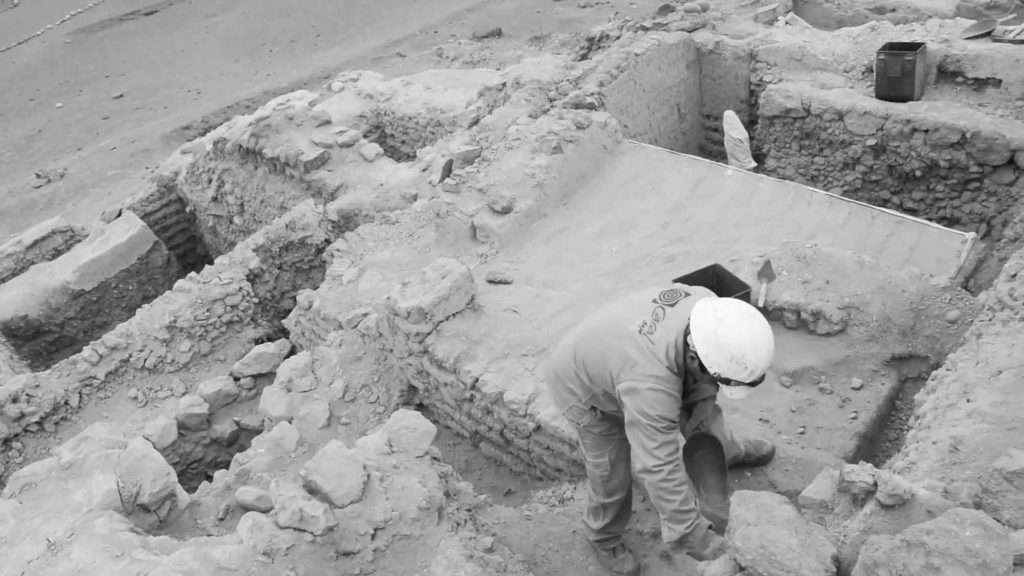
Director Ruth Shady added that the mural represents the return of rain after a period of drought.
The Caral mural, believed by experts to be 3,800 years old, is reportedly linked to a period of famine that inhabitants experienced at the time.
As well as the mural, scientists also found a wall design representing four human heads with their eyes closed as two snaked coil around them towards a seed symbol. The snakes are said to represent a water deity which makes the seeds grow.
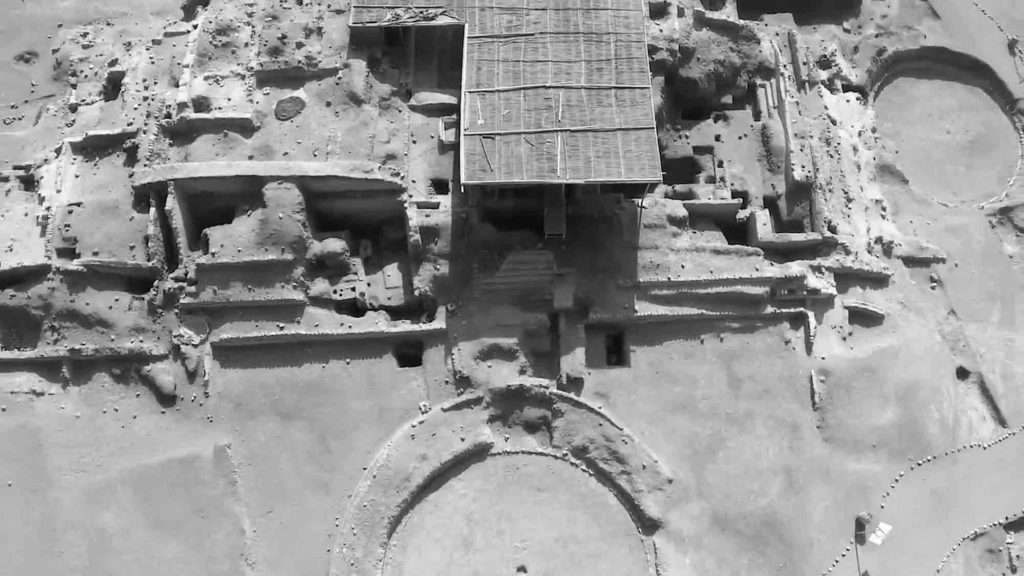
To find out more about the author, editor or agency that supplied this story – please click below.
Story By: Angjela Trajkovska, Sub-Editor: Alex Cope, Agency: Central European News
The Ananova page is created by and dedicated to professional, independent freelance journalists. It is a place for us to showcase our work. When our news is sold to our media partners, we will include the link here.

